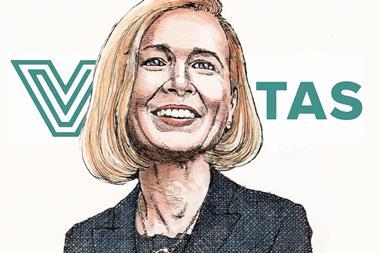UK - Pension funds looking to reduce funding-level volatility should consider substituting traditional hedging tools with some sub-classes of real estate and mature infrastructure assets, according to a report by Russell Investments.
Yields on sovereign bonds in several European member states remain stuck at historically low levels due to an uncertain economic outlook.
This means traditional hedging assets such as Gilts, index-linked Gilts or Gilt repo remain expensive for pension funds seeking to reduce volatility in funding levels.
Russell's report recommends liability surrogates as a "partial" alternative to traditional hedging.
Senior consultant Lloyd Raynor at said: "Pension funds typically have return-seeking portfolios to outperform liabilities and hedging portfolios to closely mimic their movement.
"Liability surrogates sit between the two. As with return-seeking assets, the aim is still to outperform the liabilities, but to achieve such outperformance with lower tracking error relative to the liabilities to dampen down funding-level volatility."
The report cited certain sub-classes of property such as long-lease property, ground rents and social housing, as well as mature infrastructure assets.
Under a liability surrogates strategy, the reduction in volatility relative to liabilities is achieved by investing in assets for which a large portion of the return is derived from income, as opposed to capital gains.
The report noted that, "ideally", a portion of the income should also be secured in the form of contractual rights.
It added: "In risk terms, the high income component should reduce the volatility of these assets in absolute terms, while any broad match of income with liability cash flows should reduce funding level volatility.
"In return terms, the existence of an attractive and secure spread versus index-linked sovereign debt of the same maturity should help to outperform inflation-linked liabilities over the long term while also keeping up with inflation.
"The risk premium of liability surrogates is associated with their greater illiquidity, an illiquidity premium that many pension funds are in a good position to harvest."
However, Raynor acknowledged that, given the continued emphasis on reducing funding-level volatility, the demand for traditional hedging assets was likely to remain high.












No comments yet